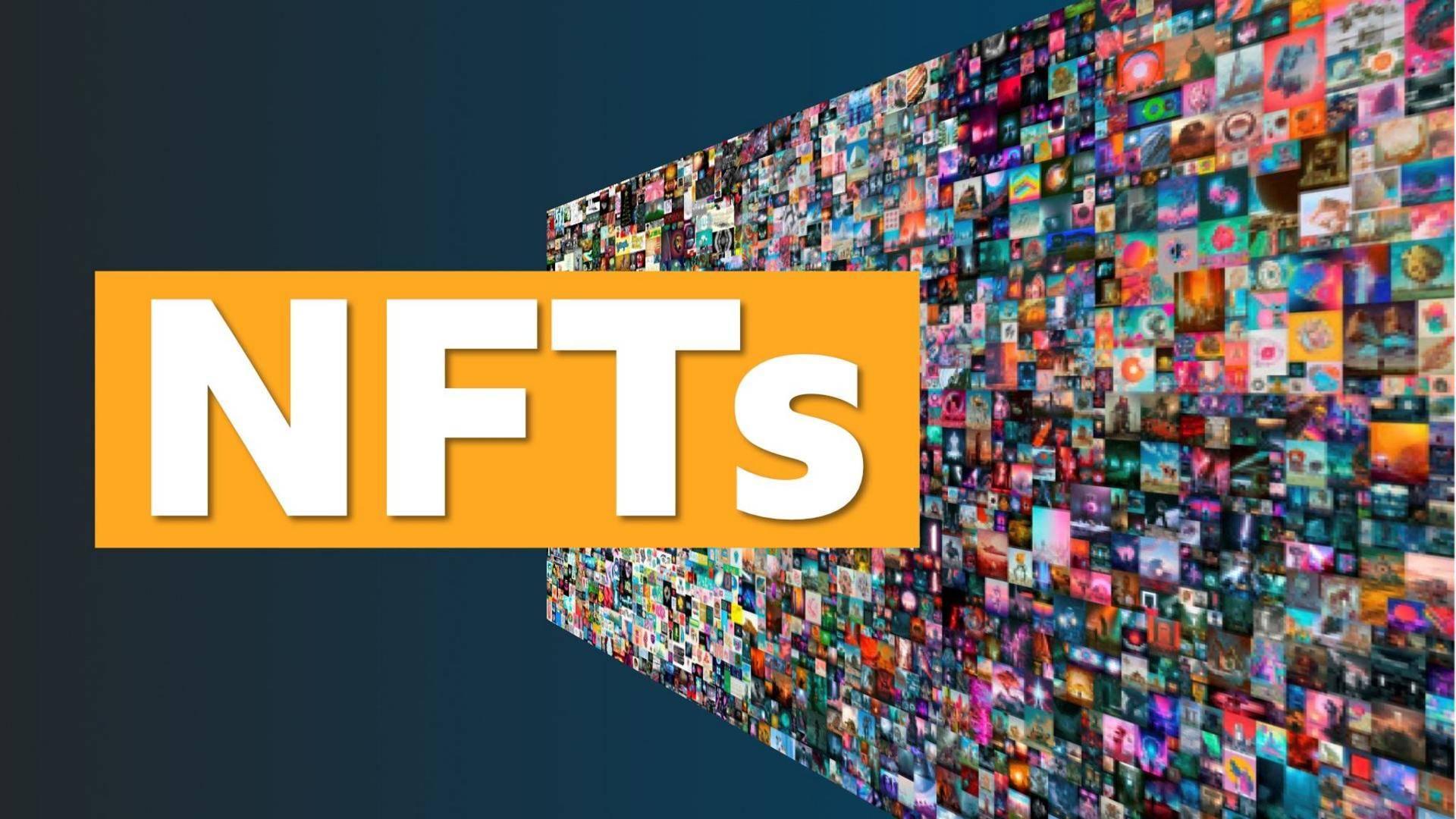Understanding Blockchain Technology in Gaming
Ever caught wind of web3 gaming? If not, it’s time to buckle up! Blockchain is no longer just about cryptocurrencies or decentralized applications. It’s seamlessly intertwining with industries we never imagined – and gaming is right at the forefront.
What is Blockchain in Gaming?
Imagine playing a game where each item, character, and even in-game real estate is unique, owned by you, and can be traded, sold, or used in other games. That’s the essence of blockchain in gaming. It offers a decentralized ledger system where information, like the ownership of in-game assets, can be securely and transparently recorded.
While NFT copyright offers ownership to and creates scarcity for digital assets, it is essential to recognize that the content associated with NFTs is not entirely secure. Despite blockchain’s inherent security, the underlying content associated with the NFT token is not solely reliant on blockchain technology for security. The content itself, whether it is a digital artwork, a music file, or other types of virtual items at intertrust.com.
The Rise of Non-Fungible Tokens (NFTs) in Gaming
One of the most exciting advancements in this space is the integration of NFTs. You might think of them as collectible digital assets. However, in gaming, they are so much more. Think about the rare items or characters you grind hours to get in traditional games. With NFTs, these items can have real-world value!
Say you play a game where you’ve nurtured a one-of-a-kind dragon. This dragon is represented as an NFT. You could sell this dragon to another player, trade it for another item, or even bring it into another game, all thanks to the magic of blockchain.
Player Empowerment & Real-World Value
It’s not just about buying and selling; it’s about player empowerment. In traditional gaming ecosystems, all the assets belong to the game developers. If the game shuts down, all your hard-earned items poof into oblivion. But with blockchain, the assets you’ve earned or bought belong to you, stored securely on a decentralized network.
Imagine playing a game where you earn in-game currency. With blockchain, this currency could potentially be traded on cryptocurrency exchanges. Your in-game achievements could quite literally pay off in the real world!
Challenges Ahead
But, as with every emerging technology, there are challenges. Scalability, energy consumption, and interoperability are some issues developers are grappling with. Additionally, the shift to a blockchain model challenges the traditional revenue streams for game developers. They need to find a balance between profiting from their creations and granting players genuine ownership.
Another hiccup is the steep learning curve for non-tech-savvy gamers. To fully participate in a web3 gaming world, one has to understand wallets, private keys, gas fees, and more. Game developers will need to create more user-friendly interfaces and educational resources.
The Role of NFTs in Web3 Games
Oh, the wonders of web3 gaming! Picture this: You’re deep in an enchanted forest, and you just slayed a mystical beast. As a reward, you get a glowing sword that not only looks cool in the game but can also be sold in real life. And no, this isn’t a fairy tale—it’s the magic of NFTs in web3 games.
What on Earth are NFTs?
In the simplest terms, NFTs, or Non-Fungible Tokens, are unique digital assets verified using blockchain technology. Unlike Bitcoin or Ethereum, which are fungible and can be exchanged on a one-for-one basis, NFTs are distinctive. Think of them like rare Pokémon cards or a signed first edition of a book. In the realm of web3 gaming, NFTs represent in-game assets—weapons, outfits, characters, land, and just about anything else you can think of!
A Game-Changer for Players and Developers
For gamers, NFTs are a revelation. Remember the disappointment when you realized that all those hours (or days) you spent collecting in-game treasures amounted to nothing in the real world? Those days are fading. NFTs can be traded, sold, or even showcased in virtual galleries. Your in-game efforts can now have tangible rewards.
From the developers’ standpoint, integrating NFTs opens up new revenue streams. Rather than relying solely on game sales or in-app purchases, they can mint rare NFT items and auction them. Moreover, a vibrant secondary market can be a continuous source of royalty income.
Building a Virtual Economy
The merging of NFTs with web3 games is essentially crafting an entire virtual economy. Imagine owning a piece of virtual land, building a digital café on it, and then selling NFT coffee mugs to other players. Or creating a fashion brand in a virtual world where players can purchase your NFT-designed clothes. The boundaries of what’s possible are continually expanding.
The Potholes in the Path
Of course, it’s not all sunshine and rainbows. The integration of NFTs also presents challenges. The environmental concerns tied to blockchain technology, the unpredictability of NFT values, and issues related to copyright and plagiarism are very real. Players also need to be wary of scams in a space that’s still in its formative years.
Another consideration is the psychological impact. When real money gets involved, gaming can become more than just a leisure activity. Players might feel compelled to spend more time and money than they can afford, chasing rare NFTs.
